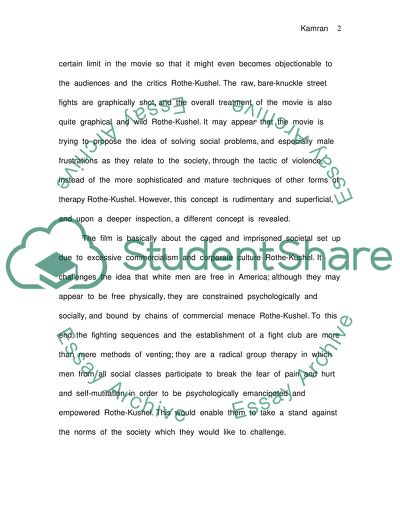Cite this document
(“The Psychological Elements in the Movie Fight Club Essay”, n.d.)
Retrieved from https://studentshare.org/psychology/1447998-essay-wrinting-assingment-of
Retrieved from https://studentshare.org/psychology/1447998-essay-wrinting-assingment-of
(The Psychological Elements in the Movie Fight Club Essay)
https://studentshare.org/psychology/1447998-essay-wrinting-assingment-of.
https://studentshare.org/psychology/1447998-essay-wrinting-assingment-of.
“The Psychological Elements in the Movie Fight Club Essay”, n.d. https://studentshare.org/psychology/1447998-essay-wrinting-assingment-of.


